A life-giving medical procedure that would likely have prevented 50 million cancer deaths over the past four decades has been impeded by overcautious woke federal regulators who admit that no science backs their position. We are speaking about the use of low levels of radiation for the prevention and treatment of many major diseases, including cancer, Alzheimer’s disease, and COVID-19 pneumonia. Here’s the background:
The discovery of X-rays and radioactivity in 1895/1896 triggered a flood of studies and applications of radiation in medicine that continue to this day. They started with imaging fractures/organs and progressed to treating diseases by exposing areas to radiation from external and internal sources. By definition, low-dose treatments stimulate damage control (or adaptive protection) systems that remedy diseases.
But, in 1946, much of this beneficial science was derailed. It was in that year that the Nobel Prize for Physiology or Medicine was given to Dr. Hermann Muller for his claimed discovery that even small or infinitesimal amounts of radiation can cause cancer. It is the ridiculous assertion that there is no threshold below which any kind of radiation is safe.
By contrast, toxicologists have long used actual experiments to establish dose-response models and determine what exposure to various kinds of radiation (or chemicals) actually poses cancer (or other) risks for humans.
Low doses are generally benign, they have found. In many cases, low doses even help animals and humans ward off disease, safeguard bodies against certain chemicals or diseases, or actually cure cancer and other diseases. Higher doses can cause problems and therefore must be calculated and regulated. For example, via a process called hormesis, low levels of radon exposure can protect against cancer; 80 milligrams of aspirin are thought to prevent strokes, and trace amounts of selenium help our bodies counteract the harmful effects of mercury in our blood.
However, despite this evidence, government agencies like the U.S. Environmental Protection Agency have followed Muller’s straight-line Linear No Threshold (LNT) model for decades. Besides giving rise to what many say are overly restrictive and even unnecessary regulations, the LNT model has actually harmed patients, by greatly precluding the use of radiation in curative medicine. It has also made nuclear power far more expensive than necessary by imposing unrealistically severe regulations.
But, as we wrote about in “Fraudulent Science Behind Radiation Regulations,” our January 8, 2019, America Out Loud article, Muller’s experiments were flawed and, eventually, he knew it yet continued the deception regardless. In that article, we wrote:
“Muller’s story appears to be one of unbridled ambition, self-serving manipulation, a scientific community that failed to demand accountability, and a Nobel Prize committee that inadequately evaluated the findings which lead to the award. The implications of these actions have been incredibly damaging.
“They resulted in the U.S. National Academy of Sciences adopting the LNT in 1956 for all regulatory programs relating to radiation. This convention was subsequently adopted worldwide.
“The deceptions continue to justify over-regulation and deprive patients of potential cures, without any acknowledgment or change by the scientific community or government regulatory agencies.”
Recognizing the enormous harm caused by regulations that are based on the LNT model, three petitions were filed in 2015 with the Nuclear Regulatory Commission (NRC) asking it to end the use of the LNT model. In particular, the petitions for rulemaking (PRM) requested that the NRC amend its “Standards for Protection Against Radiation” regulations and “change the basis of those regulations from the Linear No-Threshold (LNT) model of radiation protection to the radiation hormesis model.” The petitions claimed, and rightly so, that the LNT model is scientifically false and does more harm than good.
The three petitioners were highly qualified experts in the field: Dr. Mohan Doss of Fox Chase Cancer Center in Philadelphia, Dr. Carol S. Marcus of Harbor-U.C.L.A. Medical Center in Los Angeles and Dr. Mark L. Miller of Sandia National Laboratories in Albuquerque. They wanted the NRC to revise its rules to avoid overreactions to what are essentially nonexistent threats. These petitions included considerable evidence demonstrating the cancer-preventive and therapeutic benefits of low-level radiation, completely contradicting the LNT model. Writing in New York Times (“When Radiation Isn’t the Real Risk,” September 21, 2015) George Johnson explained:
“There is more here at stake than agonizing over irreversible acts, like the evacuation of Fukushima [which, the senior author of this article warned, correctly, was huge mistake—far more people died from the stress of the evacuation than even could have died from the radiation]. Fear of radiation, even when diluted to homeopathic portions, compels people to forgo lifesaving diagnostic tests and radiotherapies.
“We’re bad at balancing risks, we humans, and we live in a world of continual uncertainty. Trying to avoid the horrors we imagine, we risk creating ones that are real.”
Remarkably, instead of properly addressing the merits of the petitions and the evidence submitted in 2015 by Doss, Marcus, and Miller, the NRC quoted woke advisory bodies and, on August 17, 2021, merely dismissed the evidence and the petitions. In “NRC Rejects Petitions to End Reliance on LNT Model” published in the November 2021 Journal of Nuclear Medicine, the scandal is further described:
“The NRC contends that by overestimating radiation risk, adherence to the LNT model protects the public and radiation workers…It is our contention that unless NRC’s policies comply with scientific evidence, they are as likely to endanger as to protect, and they directly contribute to avoidable early deaths.
“Following ICRP [International Commission on Radiological Protection]and NCRP [National Council on Radiation Protection and Measurements] recommendations, the NRC concedes that no evidence supports the LNT model. Nevertheless, the NRC defends it, ignoring the fact that it was disproven at its 1940s birth in favor of a threshold model, as well as by data from the Life Span Study (LSS) of atomic bomb survivors (considered to be the gold standard for estimating radiation effects in humans) and the International Nuclear Workers Study.
“Ever-expanding experimental and observational (epidemiologic) evidence demonstrates a threshold of radiation dose and/or dose rate below which harm disappears and the net effects on health after the organism responds to protect itself, are beneficial “
Like the original 2015 petitioners, the authors of the commentary in last month’s Journal of Nuclear Medicine are highly qualified individuals: Dr. Jeffry A. Siegel, Ph.D., Nuclear Physics Enterprises, Orlando, FL; Dr. Bill Sacks, Ph.D., MD, US FDA (retired, diagnostic radiologist), Gaithersburg, MD; and Dr. Bennett S. Greenspan, MD, MS, North Augusta, SC.
The evidence in support of rejecting the LNT model continues to mount. For example, in 2015, a patient in hospice with Alzheimer’s disease (AD) was treated with ionizing radiation to her brain using repeated CT scans. Improvement in cognition, speech, movement, and appetite was observed. These improvements were so momentous that she was discharged from the hospice to a long-term care home.
Based on this case, Dr. Jerry Cuttler and his team conducted a pilot clinical trial to examine the effect of low-dose ionizing radiation (LDIR) in severe AD. Dr. Cuttler is former President of the Canadian Nuclear Society and a member of the American Council on Science and Health Board of Scientific Advisors.
The objective was to determine whether the previously reported benefits of LDIR in a single case with AD could be observed again in other cases with AD when the same treatments are given. In this single-arm study, four patients were treated with three consecutive treatments of LDIR, two weeks apart. Qualitative changes in communication and behavior with close relatives were observed and recorded. Quantitative measures of cognition and behavior were administered pre and post LDIR treatments.
Minor improvements on quantitative measures were noted in three of the four patients following treatment. However, the qualitative observations of cognition and behavior suggested remarkable improvements within days post-treatment, including greater overall alertness. One patient showed no change.
Low Dose Ionizing Radiation (LDIR) may be a promising, albeit controversial therapy for AD. Trials of patients with less severe AD, double-blind and placebo-controlled, should be carried out to determine the benefits of LDIR. Quantitative measures are needed that are sensitive to the remarkable changes induced by LDIR, such as biological markers of oxidative stress that are associated with AD.
Sadly, this work has always been hindered by the fallacious belief that even the smallest amount of radiation could lead to cancer. Proof of the fact that there is not a Linear No Dose Threshold for radioactivity has been proven over and over by Dr. Cuttler and his colleague Dr. Edward Calabrese. Yet, government regulators continue to block more widespread use of radioactive therapies, a travesty of the first order. Readers are encouraged to make donations to “Help Sue NRC to End the Use of the LNT Model,” a new GoFundMe campaign to raise money for a lawsuit to end the use of the linear no-threshold (LNT) model for radiation protection regulations. Bennett Greenspan, MD, MS, Chairman of the XLNT Foundation, writes on the petition web page:
“We believe the NRC denied the petitions illegally and we have a certain amount of time to sue and to force the NRC to reconsider the petitions based on the best available science. Please click here to support our lawsuit with a generous donation. The lawsuit will be launched after $150,000 has been raised in donations.”
It’s about time politically-correct federal bureaucrats are held to account for the millions of unnecessary deaths their actions have caused.




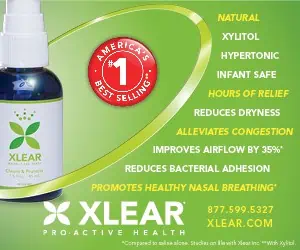



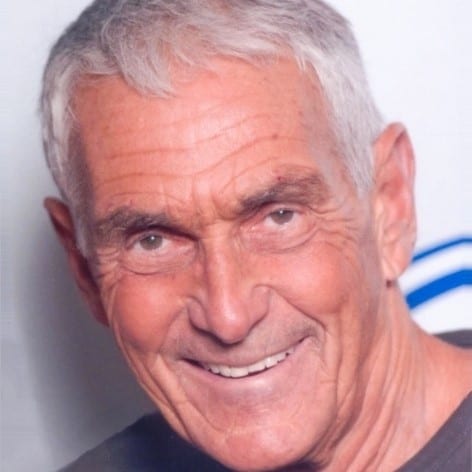
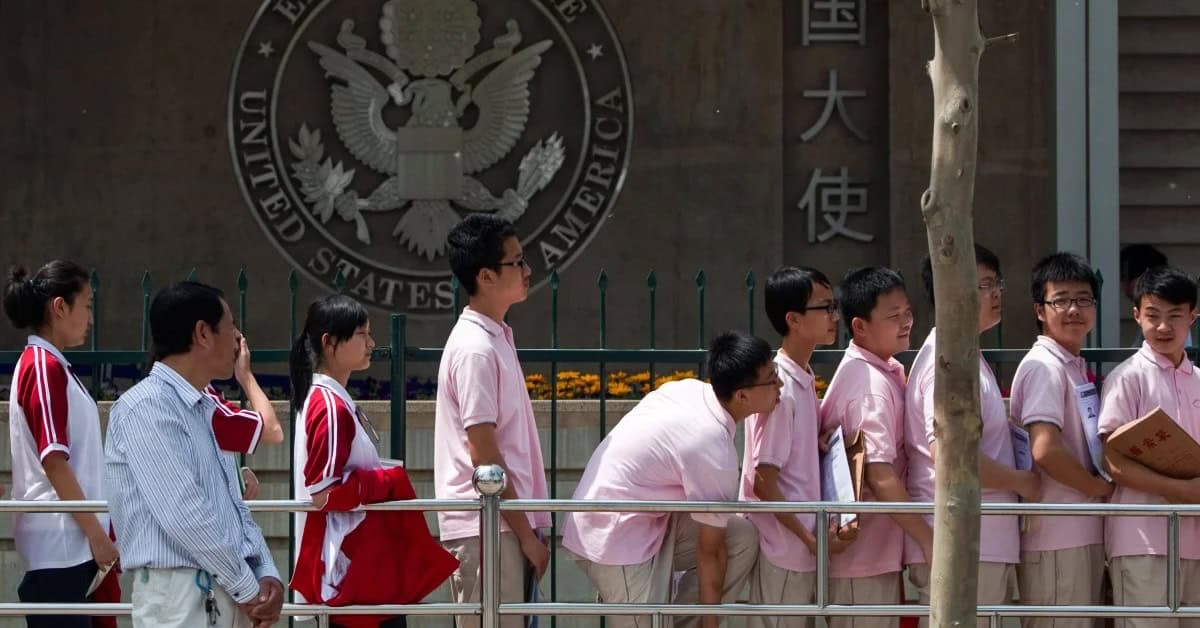
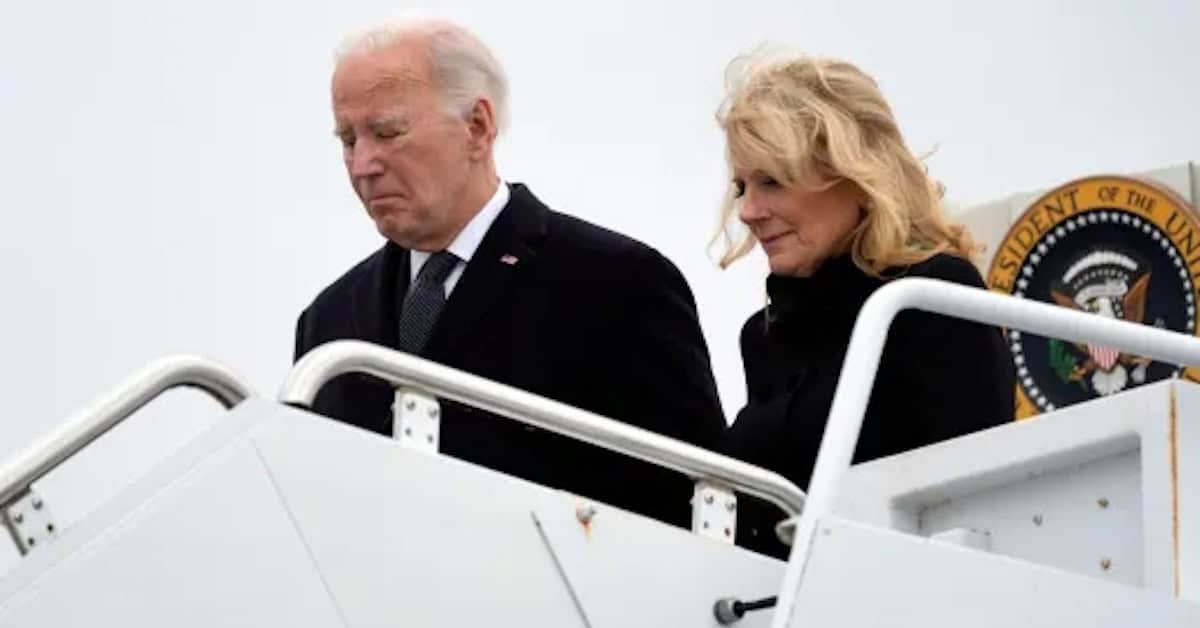

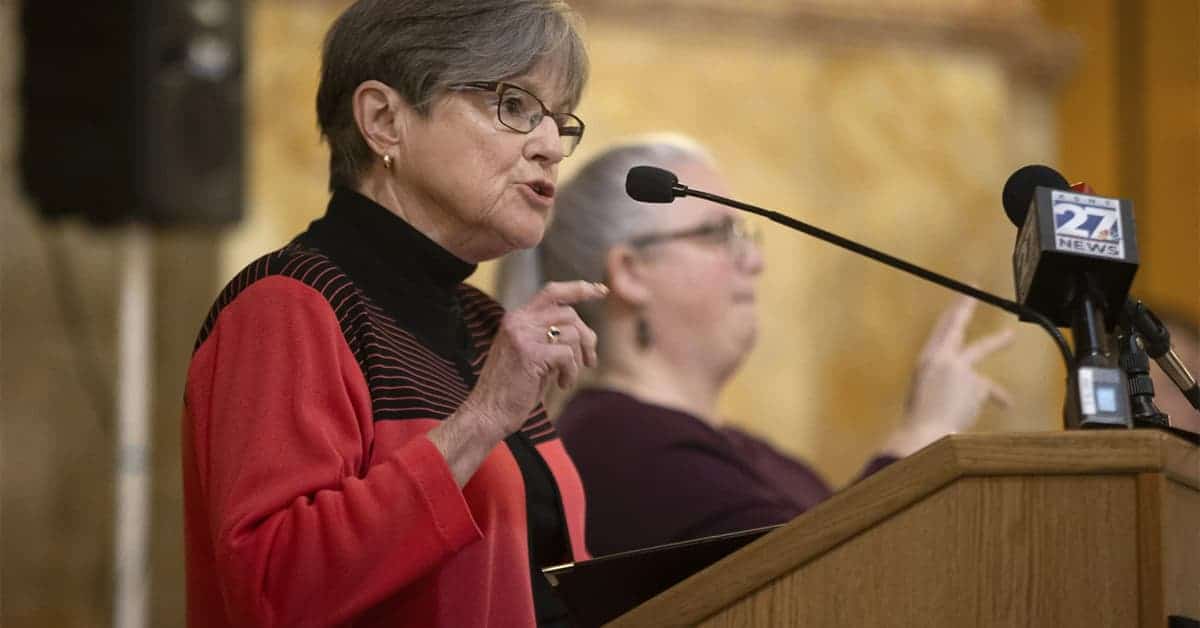
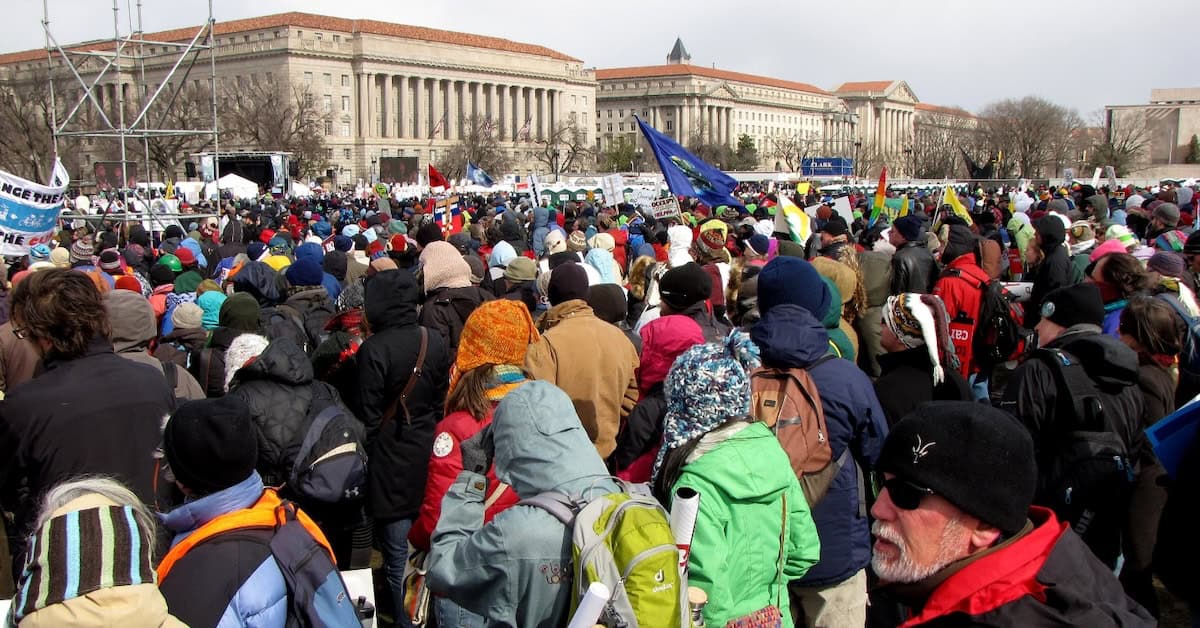


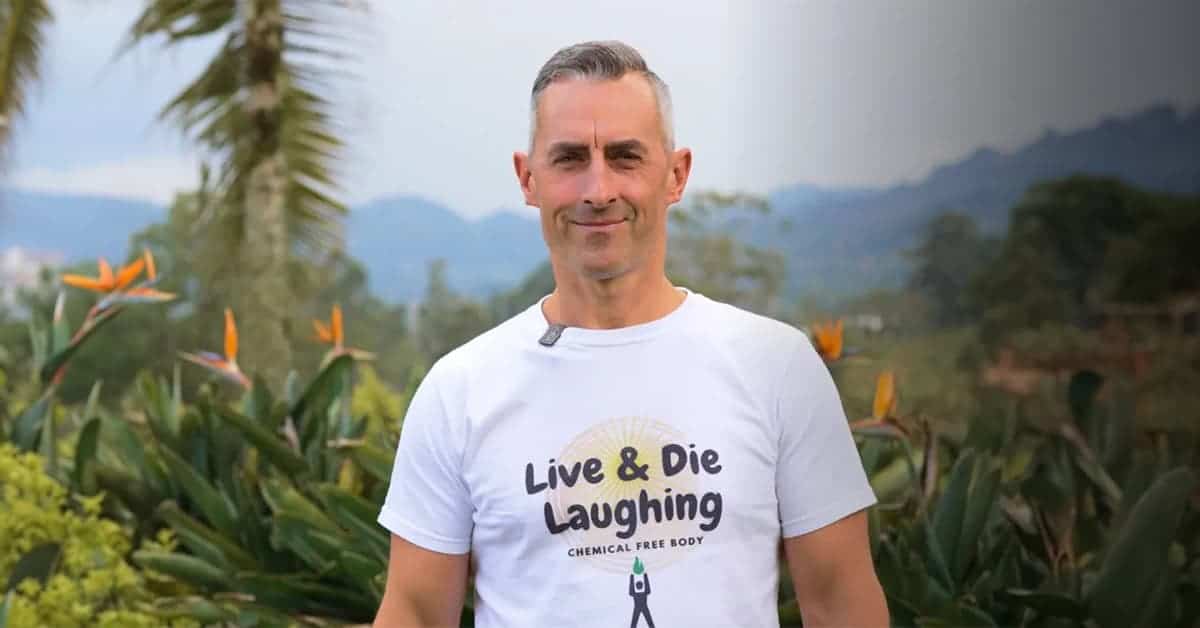







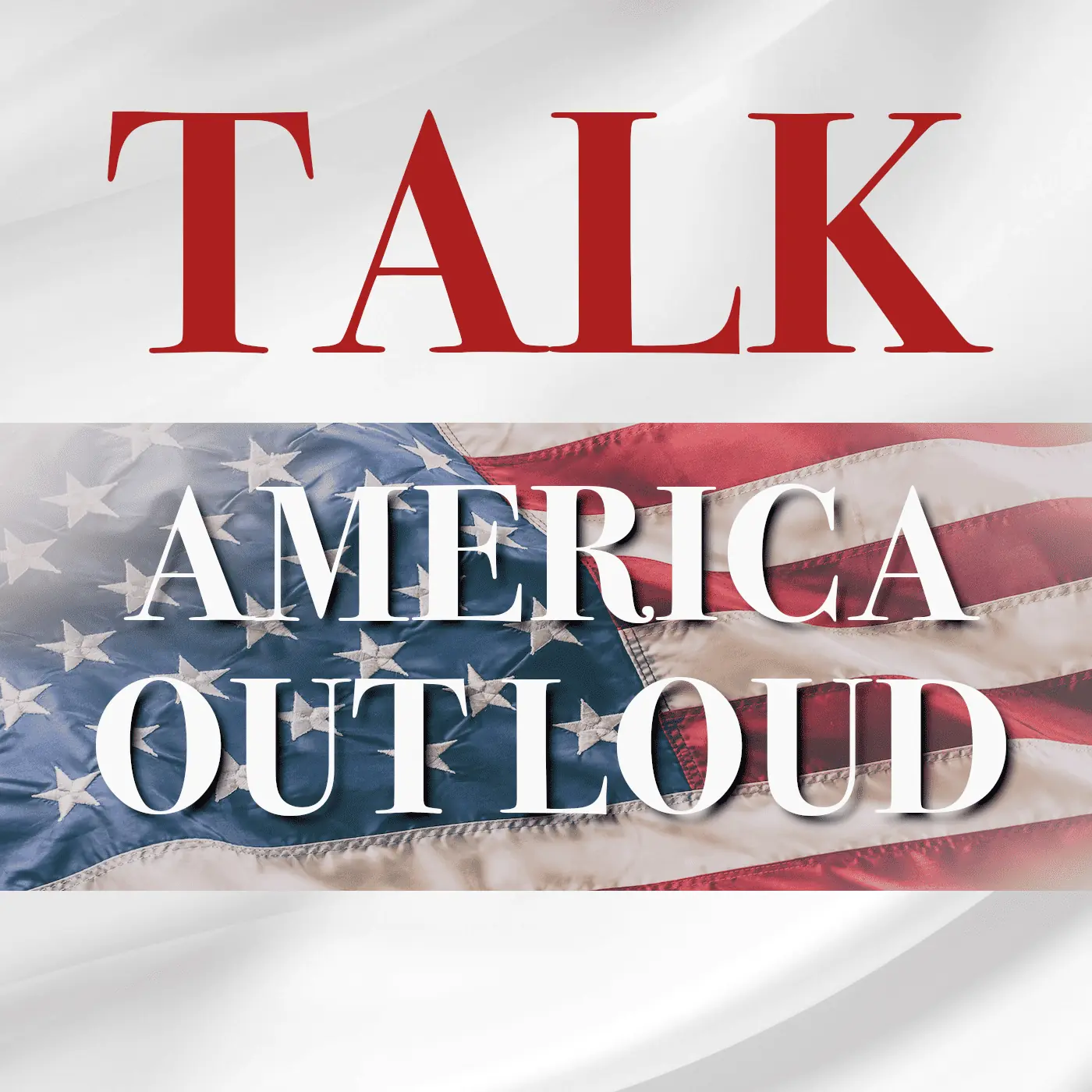

Excellent article!
Thanks Chris! Hope you can share it broadly!